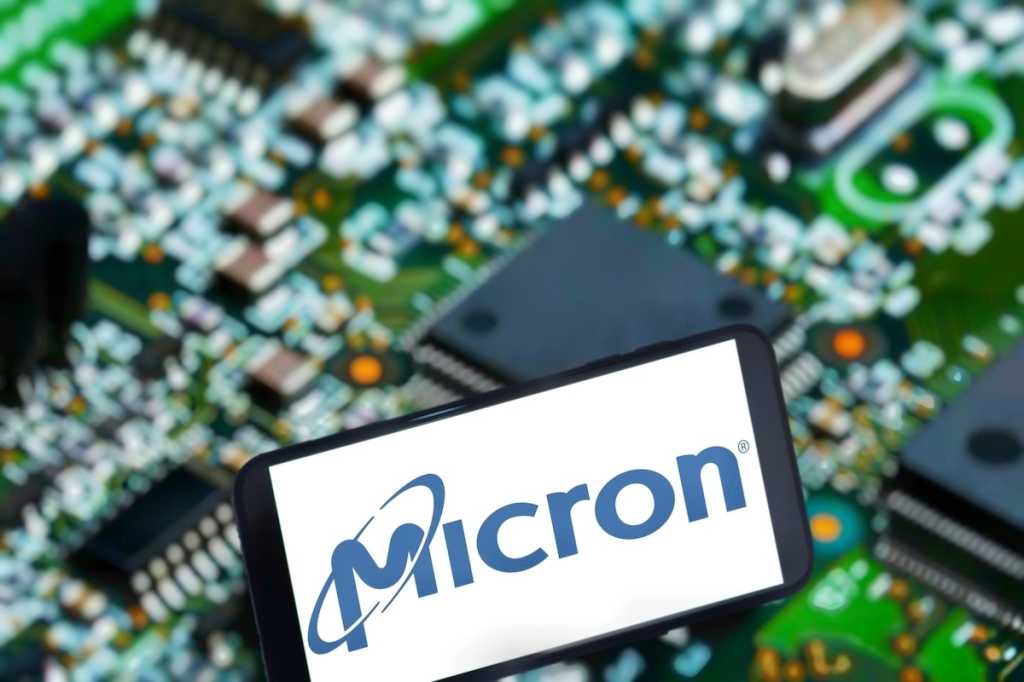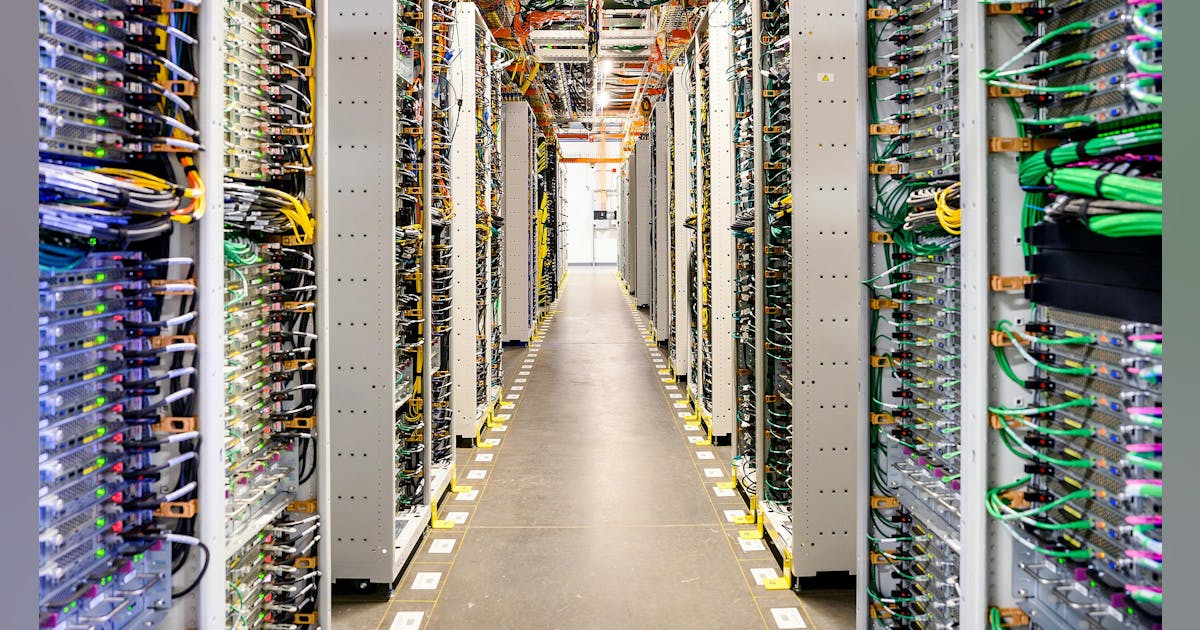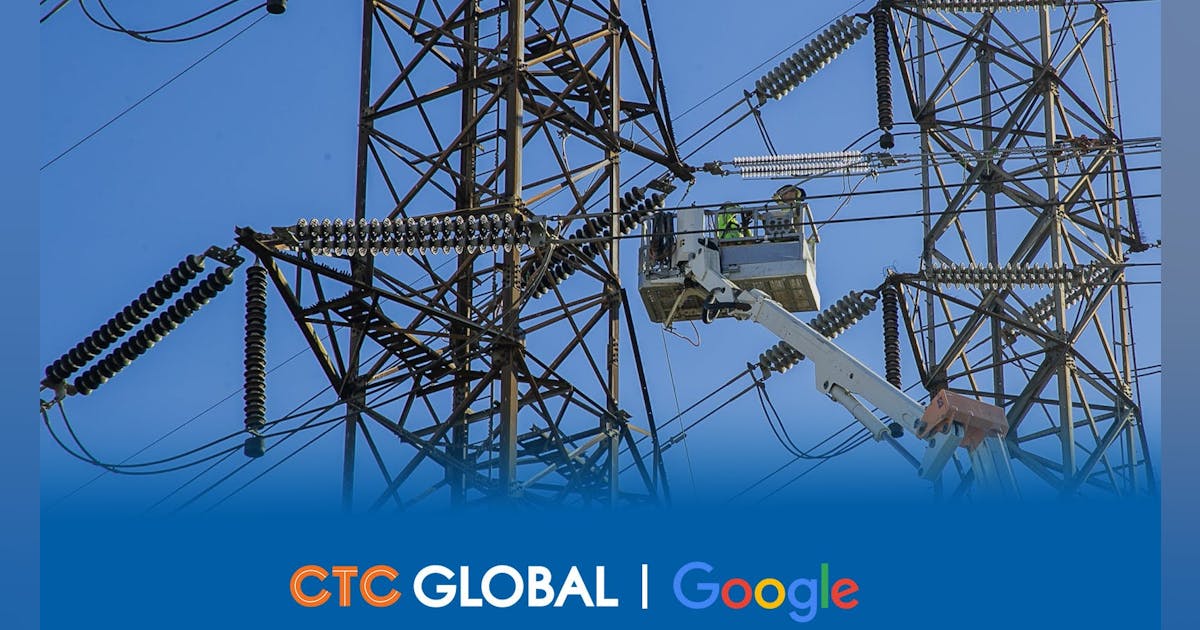
What should the long-run price of oil be?
That was the question Standard Chartered Bank analysts, including the company’s commodities research head, Paul Horsnell, asked in a report sent to Rigzone by the Standard Chartered team on Tuesday.
The analysts highlighted in the report that, in the early 1990s, “the CEO of a major oil company attracted fierce criticism for his bullishness in suggesting that the long-run price of oil should be $25 per barrel rather than the $18-21 per barrel range that dominated company planning and market thinking”.
“With the benefit of hindsight, the CEO was perhaps a decade too early in his challenge to consensus,” the analysts added, noting that the back end of the Brent curve eventually broke out of the $18-21 per barrel range in the early 2000s before testing higher up to the Global Financial Crisis and then settling into a $90-100 per barrel range for five years.
The analysts stated in the report that the development of U.S. shale oil brought the long-run price back below $60 per barrel and added that, since the post-pandemic recovery, the five-year out price has stayed close to $70 per barrel. It settled at $67.22 per barrel on July 29, the analysts highlighted in the report, pointing out that this was “below its one-year average ($68.06 per barrel), well below its 20-year average ($73.38 per barrel) and, in nominal terms, roughly where it was in 2007”.
“The price has been stuck close to $70 per barrel for several years and while the volume and type of trading along the curve is not what it was 15- 20 years ago, inertia at a low price still sends a powerful negative investment signal,” the analysts noted.
In the report, the Standard Chartered Bank analysts said they think the long-run oil price will adjust higher over the next few years.
“The economics of U.S. shale has changed; higher prices are needed to prevent shale oil output declines becoming precipitous,” they stated.
“Further, an imminent peak in global demand looks less of a tradeable assumption; we think a decreasing number of traders expect back-end prices to be depressed by falling demand at any point soon,” they added.
“More robust demand, weaker shale, higher production costs and lower non-OPEC supply growth in the second half of this decade all suggest to us that the next significant turning point for the long-run price of oil will involve a move back towards $100 per barrel,” the analysts went on to state.
The Standard Chartered Bank analysts also outlined in the report that, in the short term, the front of the curve “also seems to be subject to a magnetic pull” to around $70 per barrel.
“The market for front-month Brent crude appears comfortable trading around $70 per barrel, sandwiched between a range of key moving averages,” the analysts said in the report.
“Prices have moved through the entire $68.49-69.10 per barrel range every day for the past six trading days, with only brief moments of acceleration above or below in reaction to news headlines,” they added.
Standard Chartered sees the ICE Brent nearby future crude oil price averaging $61 per barrel in 2025, $78 per barrel in 2026, and $83 per barrel in 2027, Standard Chartered Bank’s report showed. The company expects the NYMEX WTI basis nearby future crude oil price to come in at $58 per barrel this year, $75 per barrel next year, and $80 per barrel in 2027, according to the report.
A J.P. Morgan research note sent to Rigzone on Tuesday by Natasha Kaneva, head of global commodities strategy at the company, showed that J.P. Morgan expects the Brent crude oil price to average $66 per barrel in 2025 and $58 per barrel in 2026. In this report, J.P. Morgan projected that the WTI crude oil price will average $62 per barrel this year and $53 per barrel next year.
According to its latest short term energy outlook (STEO), which was released on July 8, the U.S. Energy Information Administration (EIA) sees the Brent spot price averaging $68.89 per barrel this year and $58.48 per barrel next year. In that STEO, the EIA projected that the WTI spot price will average $65.22 per barrel this year and $54.82 per barrel next year.
To contact the author, email [email protected]




















